Home>Gardening & Outdoor>Landscaping Ideas>Why Is My Lawn Mower Leaving Clumps Of Grass
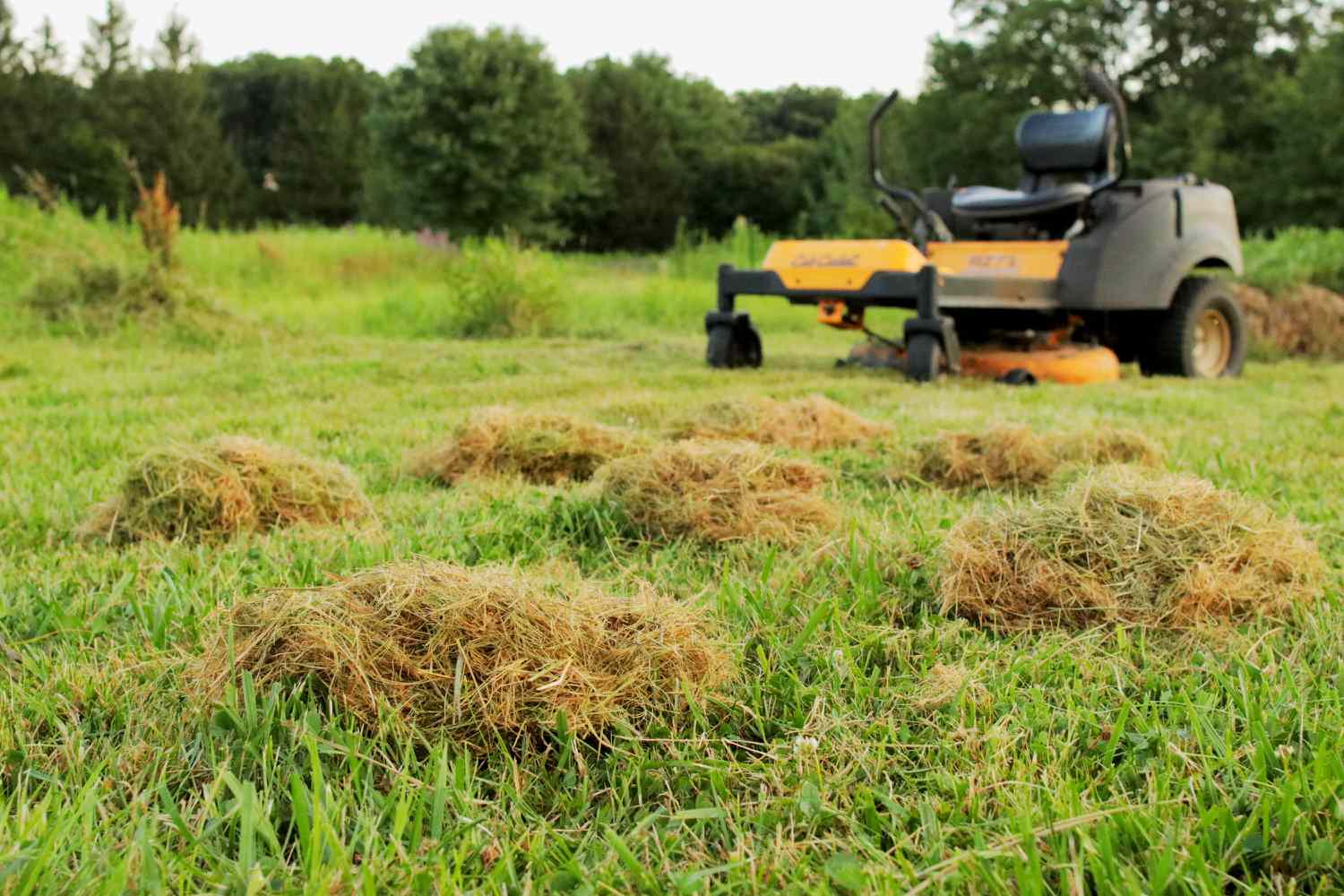

Landscaping Ideas
Why Is My Lawn Mower Leaving Clumps Of Grass
Modified: September 2, 2024
Discover effective landscaping ideas to prevent your lawn mower from leaving unsightly clumps of grass. Get a lush, even lawn with these expert tips.
(Many of the links in this article redirect to a specific reviewed product. Your purchase of these products through affiliate links helps to generate commission for Storables.com, at no extra cost. Learn more)
Introduction
When it comes to maintaining a lush, well-manicured lawn, few things are as frustrating as discovering unsightly clumps of grass scattered across the freshly mowed turf. Not only do these clumps detract from the visual appeal of your lawn, but they can also hinder healthy grass growth by blocking sunlight and trapping moisture. Understanding the reasons behind this common issue is crucial for achieving a pristine lawn that's the envy of the neighborhood. In this comprehensive guide, we'll delve into the various factors that can lead to clumps of grass after mowing and provide valuable insights on how to prevent this pesky problem. Whether you're a seasoned lawn care enthusiast or a novice homeowner looking to elevate your landscaping game, this article will equip you with the knowledge and tips needed to conquer clumpy grass and achieve a flawlessly manicured lawn. So, let's roll up our sleeves and dive into the world of lawn maintenance to uncover the secrets of banishing those bothersome grass clumps once and for all.
Key Takeaways:
- Keep your mower blades sharp and mow when the grass is dry to prevent clumps of grass. Regular maintenance and mindful mowing practices will help you achieve a pristine, clump-free lawn.
- Adhere to a regular mowing schedule and prioritize lawn leveling to minimize clumps of grass. By following these tips, you can maintain a visually stunning lawn that enhances your outdoor space.
Read more: Why Is My Mower Leaving A Strip Of Grass
Common Causes of Clumps of Grass
Before we delve into the specific reasons behind the formation of clumps of grass after mowing, it’s important to recognize that several factors can contribute to this vexing issue. By identifying these common causes, you’ll be better equipped to address the problem effectively and restore your lawn’s pristine appearance. Let’s explore the primary culprits behind clumps of grass and gain valuable insights into how to mitigate their impact.
Dull Mower Blades
One of the leading causes of clumps of grass after mowing is dull mower blades. When the blades on your lawn mower are no longer razor-sharp, they tear the grass instead of cleanly cutting it. This ragged cutting action can leave behind uneven grass clippings that clump together on the lawn, detracting from its overall appearance. Dull blades also create frayed edges on the grass, making it more susceptible to moisture loss and disease.
Regular maintenance of your mower blades is crucial for achieving a clean and uniform cut. Sharpening the blades at the start of each mowing season, or after every 25 hours of use, can significantly reduce the likelihood of clumps forming. Additionally, inspecting the blades for damage and replacing them when necessary will ensure that your mower operates at peak efficiency, producing finely mulched clippings that seamlessly integrate into the lawn.
By prioritizing the sharpness of your mower blades, you can minimize the occurrence of unsightly grass clumps and promote a healthier, more visually appealing lawn. Remember, a well-maintained mower is the key to achieving professional-looking results with every mow.
Wet Grass
Mowing the lawn when the grass is damp or wet is a common culprit behind the formation of clumps of grass. Wet grass tends to clump together more readily than dry grass, leading to uneven distribution of clippings across the lawn. The excess moisture on the grass blades can cause them to stick together, impeding the mower’s ability to disperse the clippings evenly.
It’s essential to avoid mowing wet grass whenever possible. While it’s not always feasible to wait for the grass to dry, especially in regions with frequent rainfall or morning dew, making a conscious effort to schedule mowing sessions during dry periods can significantly reduce the likelihood of clumping. If mowing wet grass is unavoidable, consider raising the mower deck to leave the grass slightly longer than usual. This allows for better airflow and minimizes clumping, as the mower can more effectively discharge the damp clippings.
By being mindful of the moisture content of the grass when planning your mowing routine, you can mitigate the risk of clumps forming and maintain a well-groomed lawn that exudes visual appeal.
Mowing Too Quickly
Another common factor contributing to the formation of clumps of grass is mowing too quickly. When you rush through the mowing process, the mower may struggle to effectively mulch the grass clippings, leading to clumping. Additionally, rapid mowing can result in uneven cutting, as the mower may miss patches of grass or leave behind longer strands that are more prone to clumping.
To combat this issue, it’s important to adopt a steady and deliberate approach to mowing. By maintaining a consistent speed and overlapping mowing paths slightly, you can ensure that the grass is cut evenly and the clippings are dispersed uniformly. Taking the time to mow at a measured pace allows the mower to process the clippings more effectively, reducing the likelihood of clumps forming on the lawn.
Furthermore, adjusting the mowing speed based on the density and height of the grass can help prevent clumping. For dense or taller grass, slowing down the mowing pace can improve the mower’s ability to mulch the clippings and disperse them evenly, minimizing the risk of unsightly clumps.
By approaching mowing with patience and attentiveness, you can avoid the pitfalls of mowing too quickly and maintain a pristine lawn free from clumpy grass remnants.
Check your mower blade for dullness or damage. A sharp blade cuts grass cleanly, while a dull one can tear it, leaving clumps. Regularly sharpen or replace the blade to ensure a clean cut.
Read more: Why Is My Ryobi Lawn Mower Not Starting
Overgrown Grass
Overgrown grass is a common precursor to the formation of clumps after mowing. When the grass is allowed to grow excessively long before being mowed, the mower may struggle to effectively process and disperse the dense clippings, leading to clumping. Additionally, longer grass blades are more likely to bend over rather than being cleanly cut, further exacerbating the clumping issue.
To prevent clumps resulting from overgrown grass, it’s important to adhere to a consistent mowing schedule that aligns with the growth rate of your lawn. Regular mowing, especially during the peak growing season, ensures that the grass is maintained at an optimal height, allowing the mower to efficiently mulch the clippings and distribute them evenly across the lawn. By avoiding prolonged intervals between mowing sessions, you can minimize the likelihood of encountering clumps of grass after mowing.
When tackling overgrown grass, it’s advisable to adhere to the “one-third rule,” which stipulates that you should never remove more than one-third of the grass blade’s height in a single mowing session. This approach prevents shock to the grass and minimizes the accumulation of long clippings that can lead to clumping. By gradually reducing the grass height over multiple mowing sessions, you can achieve a well-manicured lawn without the unsightly remnants of overgrown grass.
By maintaining a proactive approach to lawn care and staying vigilant against overgrown grass, you can effectively mitigate the formation of clumps and uphold the visual appeal of your lawn.
Uneven Lawn Surface
An uneven lawn surface can contribute to the formation of clumps of grass after mowing. When the terrain is irregular or bumpy, the mower may struggle to maintain a consistent cutting height, leading to variations in grass length and an increased likelihood of clumping. Additionally, uneven surfaces can impede the mower’s ability to discharge clippings evenly, resulting in unsightly clumps scattered across the lawn.
To address this issue, it’s beneficial to prioritize lawn leveling and maintenance to achieve a smoother, more uniform surface. This can be accomplished through techniques such as topdressing with soil, aerating the lawn to alleviate compacted areas, and addressing low spots or undulations that contribute to an uneven terrain. By promoting a level and uniform lawn surface, you can minimize the risk of clumps forming and ensure that the mower operates optimally during mowing sessions.
Furthermore, adjusting the mower deck to accommodate slight variations in the lawn’s topography can help mitigate clumping. By customizing the cutting height to suit the contours of the terrain, you can achieve a more consistent mowing outcome, reducing the likelihood of clumps and promoting a pristine lawn appearance.
By addressing and rectifying uneven lawn surfaces, you can enhance the mowing experience and minimize the occurrence of clumps, resulting in a well-groomed and visually appealing lawn.
Tips for Preventing Clumps of Grass
Preventing clumps of grass after mowing requires a proactive approach to lawn maintenance and mowing practices. By implementing the following tips, you can effectively minimize the formation of clumps and maintain a pristine lawn appearance:
- Regular Blade Maintenance: Keep your mower blades sharp by sharpening them at the beginning of each mowing season or after every 25 hours of use. Sharp blades ensure a clean cut and minimize the likelihood of clumping.
- Mow When the Grass is Dry: Whenever possible, mow the lawn when the grass is dry to reduce the risk of clumping. Wet grass is more prone to clumping, so scheduling mowing sessions during dry periods can yield better results.
- Mow at the Right Speed: Avoid rushing through the mowing process. Maintain a steady and deliberate mowing speed to allow the mower to effectively mulch the clippings and disperse them evenly.
- Adhere to a Regular Mowing Schedule: Avoid letting the grass become overgrown by adhering to a consistent mowing schedule that aligns with the lawn’s growth rate. Regular mowing helps prevent the accumulation of dense clippings that can lead to clumps.
- Follow the “One-Third Rule”: When mowing, adhere to the “one-third rule” by never removing more than one-third of the grass blade’s height in a single session. This approach minimizes shock to the grass and reduces the likelihood of clumping.
- Prioritize Lawn Leveling and Maintenance: Address uneven lawn surfaces by implementing techniques such as topdressing, aeration, and leveling to promote a smoother and more uniform terrain, reducing the risk of clumps forming during mowing.
- Adjust Mower Deck Height: Customize the mower deck height to accommodate the lawn’s topography, ensuring a more consistent cutting outcome and minimizing clumping on uneven surfaces.
By incorporating these tips into your lawn care routine and mowing practices, you can effectively prevent clumps of grass and achieve a well-groomed and visually appealing lawn that enhances the overall aesthetics of your outdoor space.
Conclusion
As a dedicated homeowner committed to maintaining a pristine lawn, understanding the factors that contribute to clumps of grass after mowing is essential for achieving consistently impeccable results. By identifying common culprits such as dull mower blades, mowing wet grass, hasty mowing practices, overgrown grass, and uneven lawn surfaces, you can proactively address these issues to minimize the occurrence of unsightly clumps on your lawn.
Armed with valuable insights and practical tips, you are well-equipped to elevate your lawn care efforts and bid farewell to the nuisance of clumpy grass remnants. By prioritizing regular blade maintenance, mindful mowing practices, adherence to a consistent mowing schedule, and proactive lawn maintenance, you can effectively prevent clumps of grass and maintain a visually stunning lawn that enhances the overall appeal of your outdoor environment.
Remember, a well-groomed lawn not only elevates the aesthetics of your property but also provides a welcoming and inviting outdoor space for relaxation and recreation. By implementing the recommended strategies and staying attuned to the specific needs of your lawn, you can achieve a lush, healthy, and clump-free expanse of greenery that’s sure to garner admiration from neighbors and passersby alike.
So, as you embark on your ongoing lawn care journey, embrace these insights and tips as your trusted allies in the quest for a flawlessly manicured lawn. With your commitment to meticulous lawn maintenance and the knowledge gleaned from this guide, you’re poised to conquer clumps of grass and revel in the beauty of a well-tended lawn that’s the pride of your property.
Frequently Asked Questions about Why Is My Lawn Mower Leaving Clumps Of Grass
Was this page helpful?
At Storables.com, we guarantee accurate and reliable information. Our content, validated by Expert Board Contributors, is crafted following stringent Editorial Policies. We're committed to providing you with well-researched, expert-backed insights for all your informational needs.
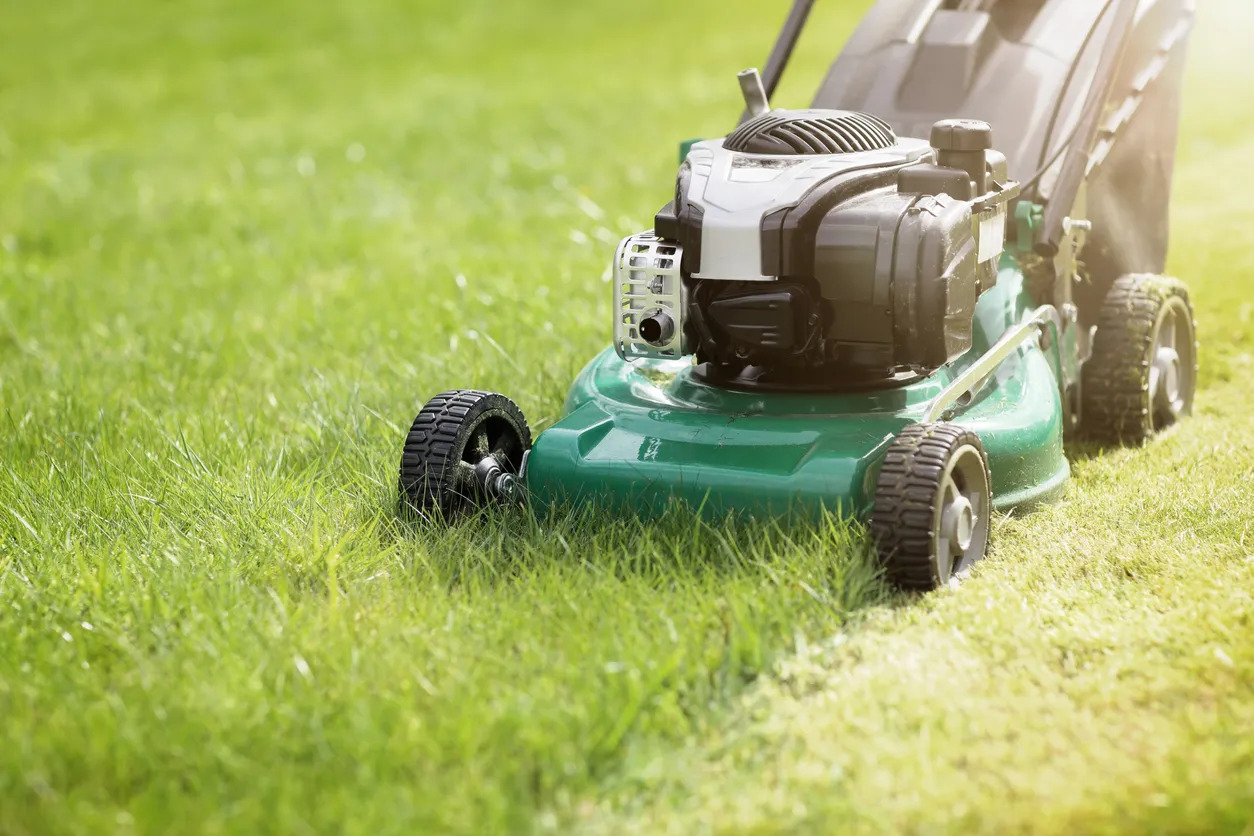
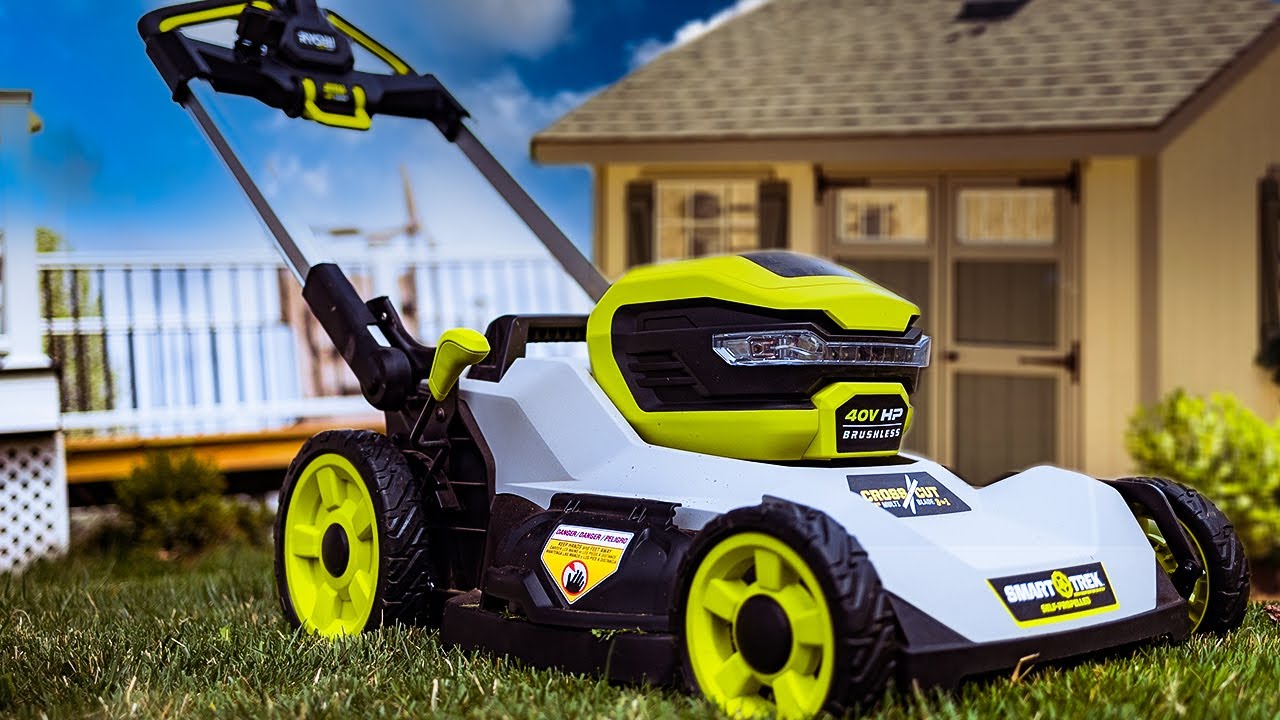
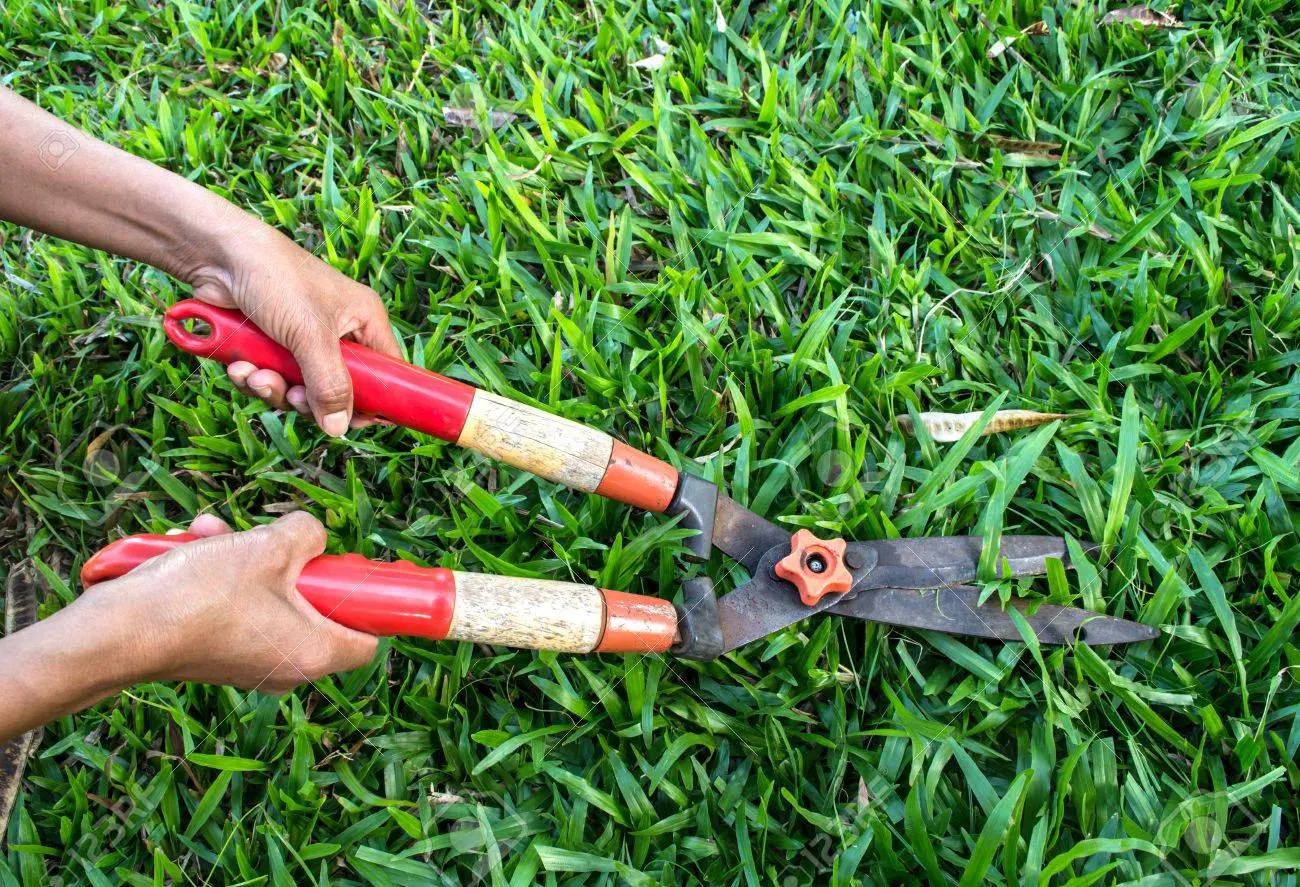
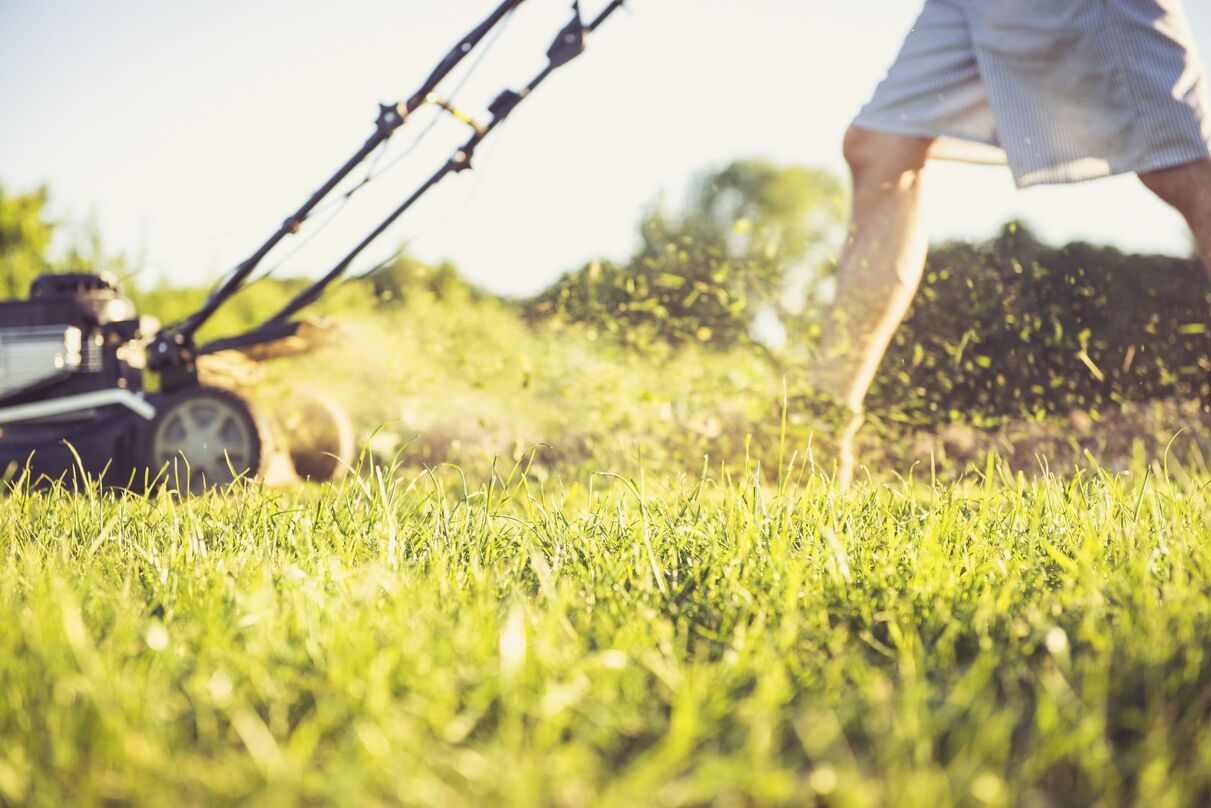
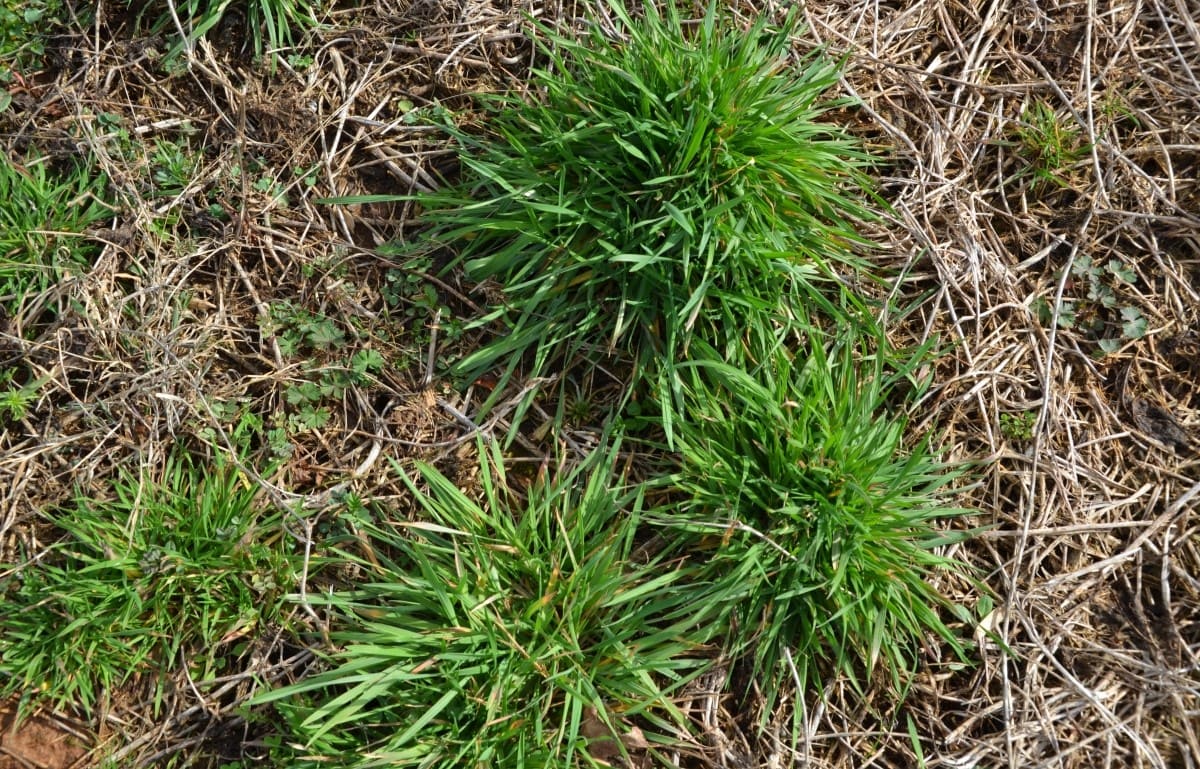
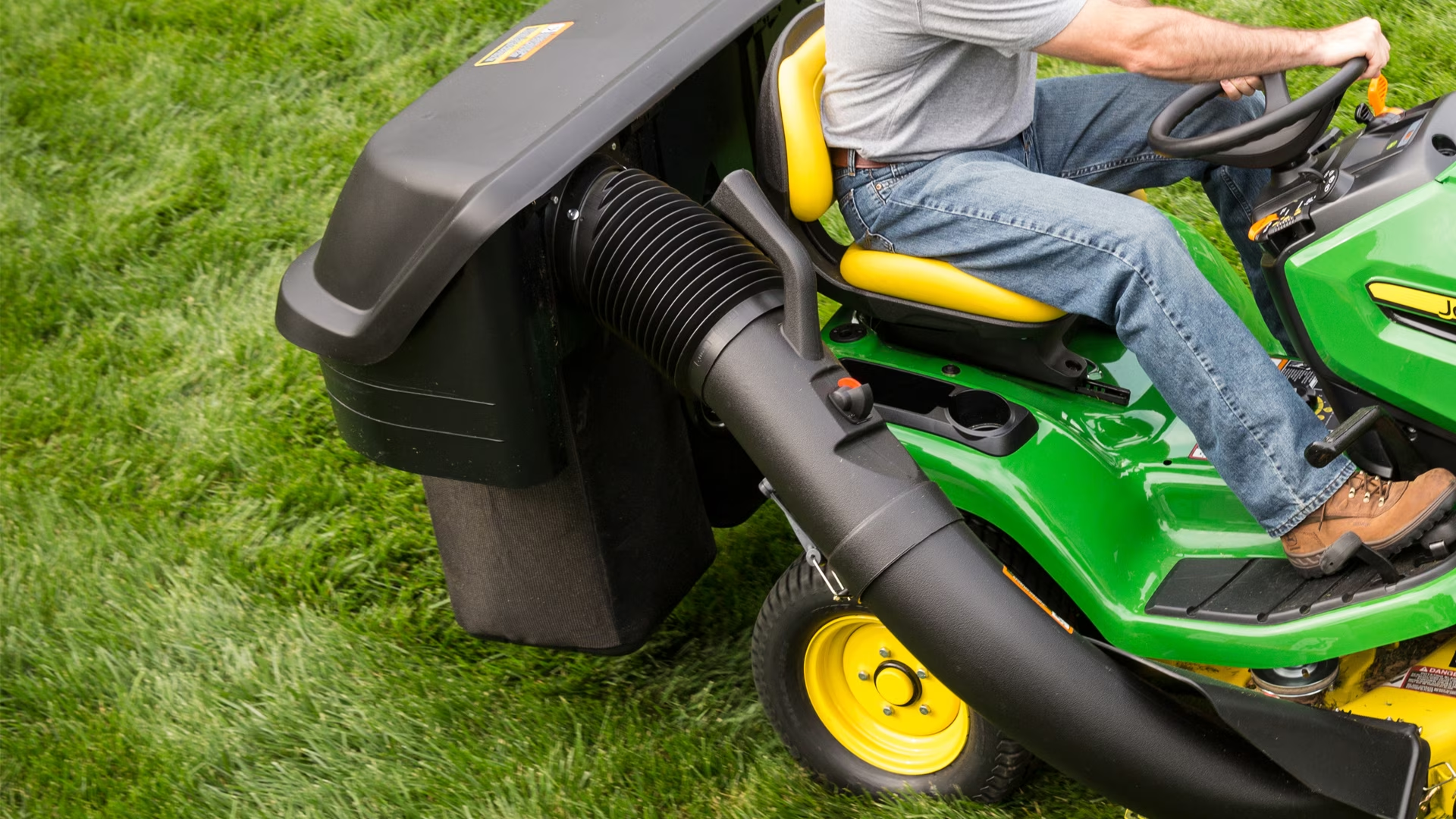
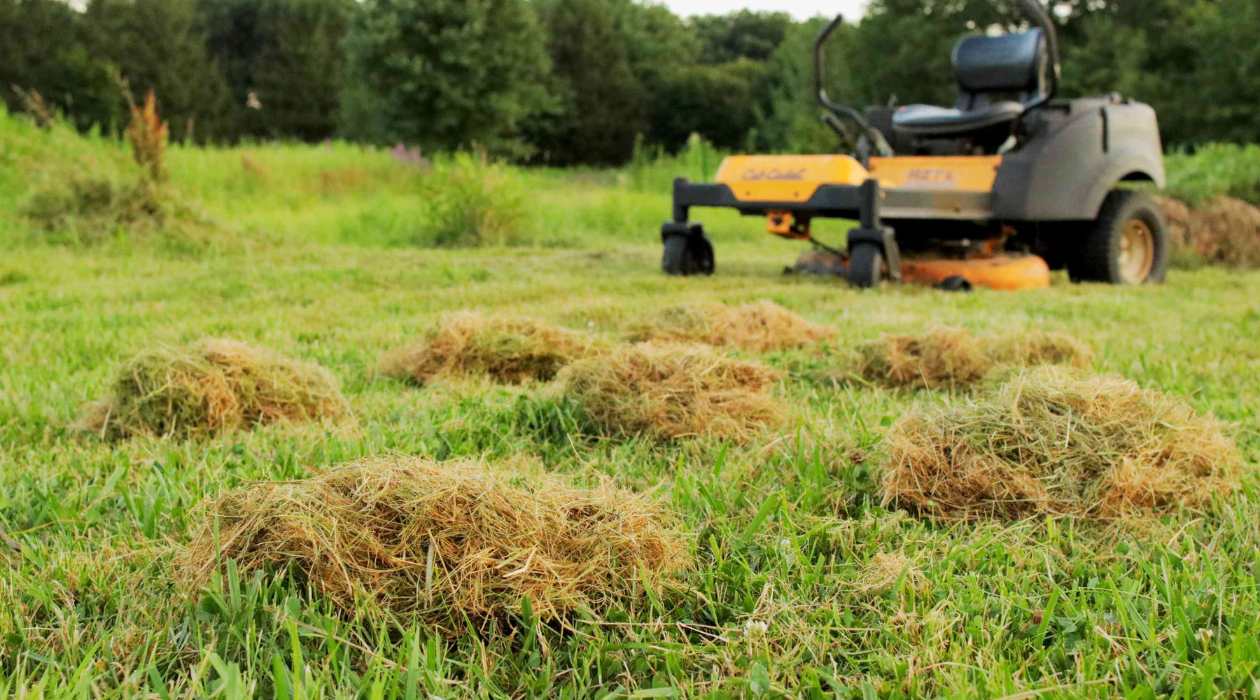

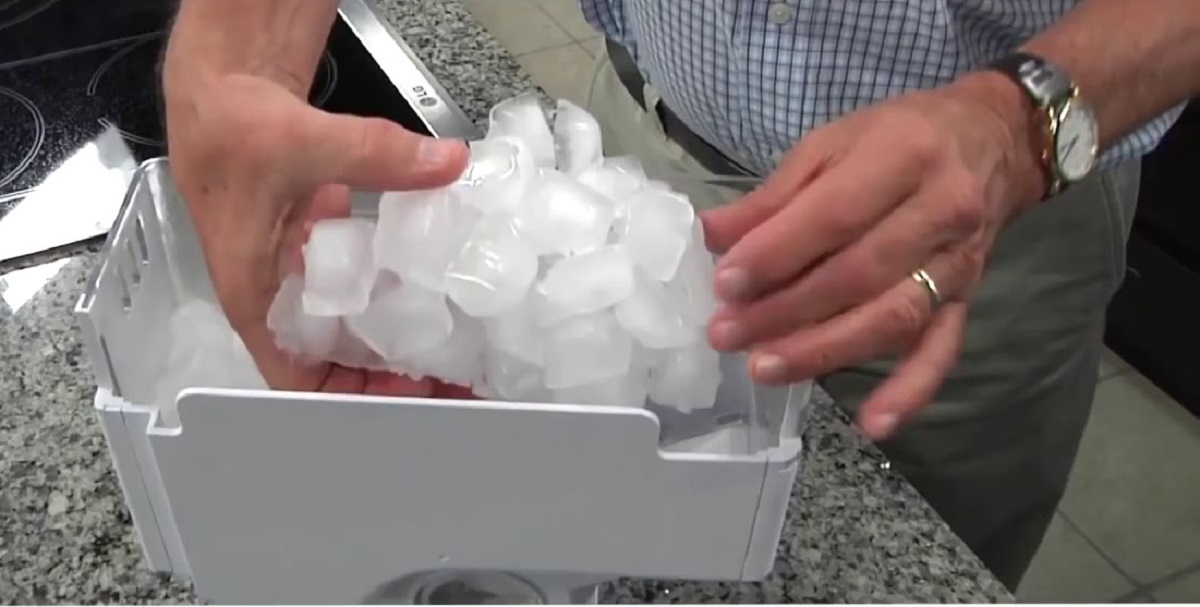
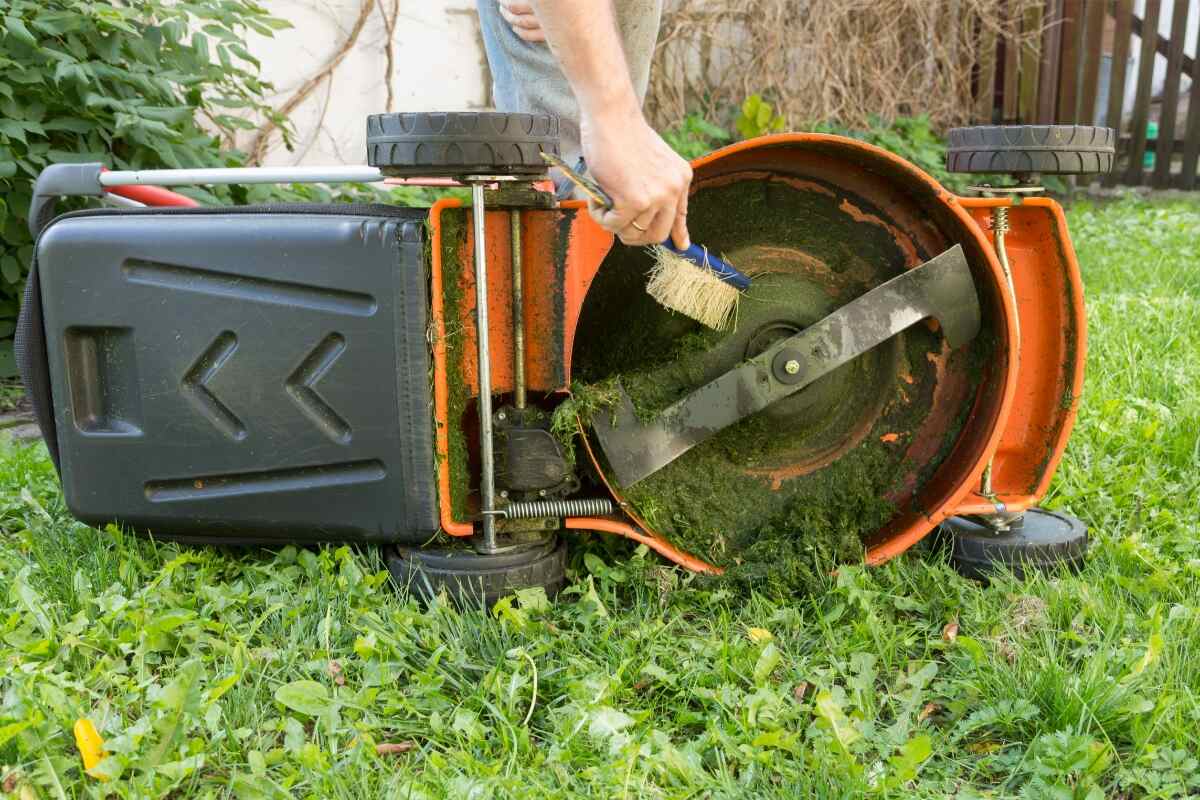
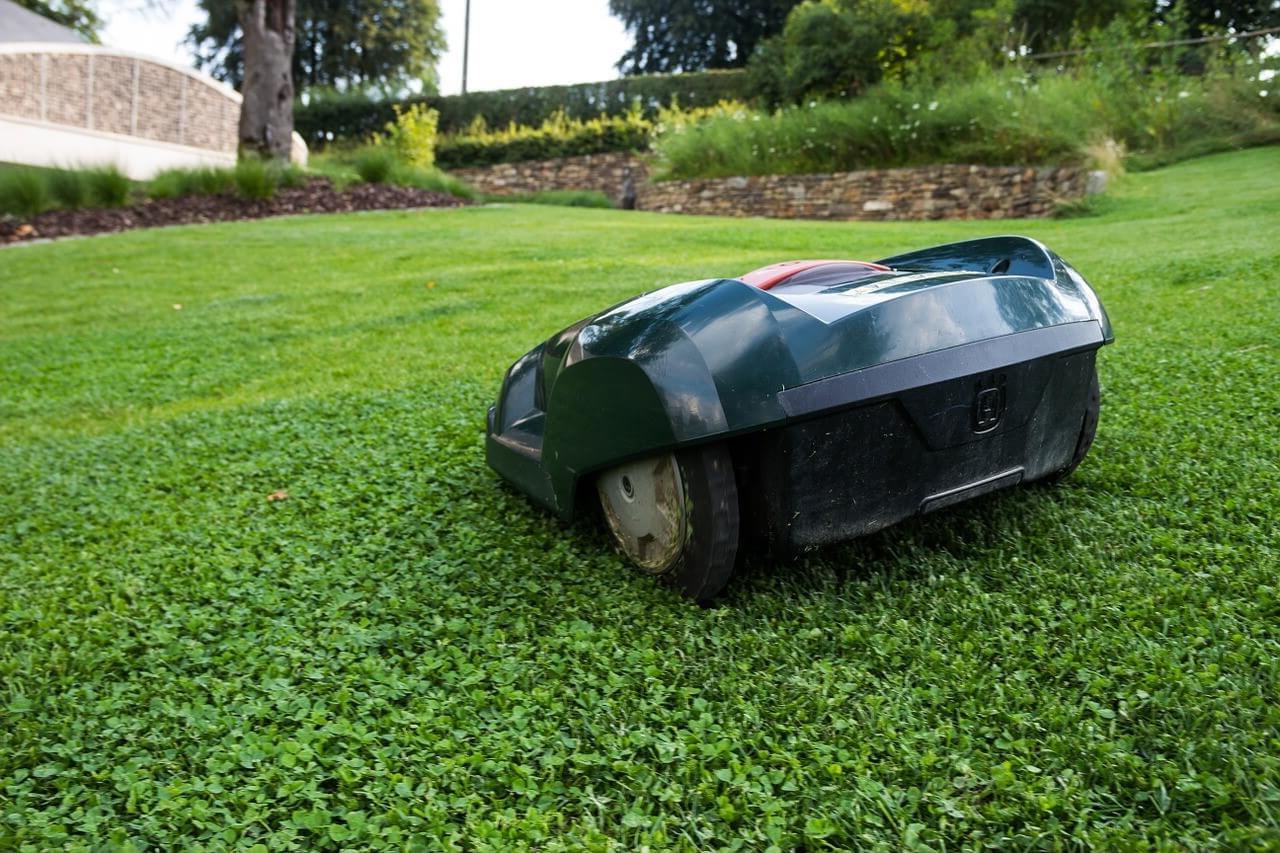
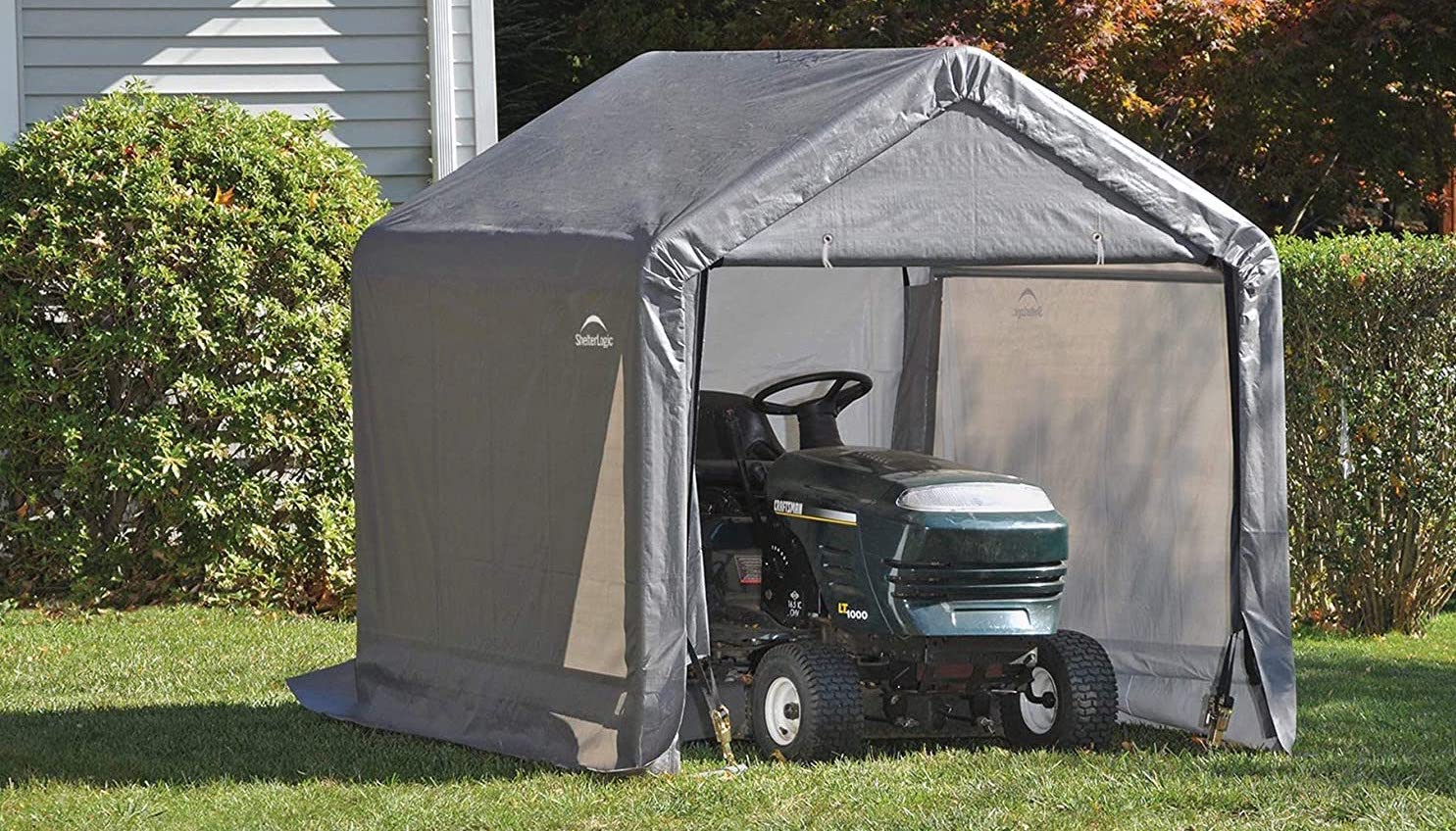

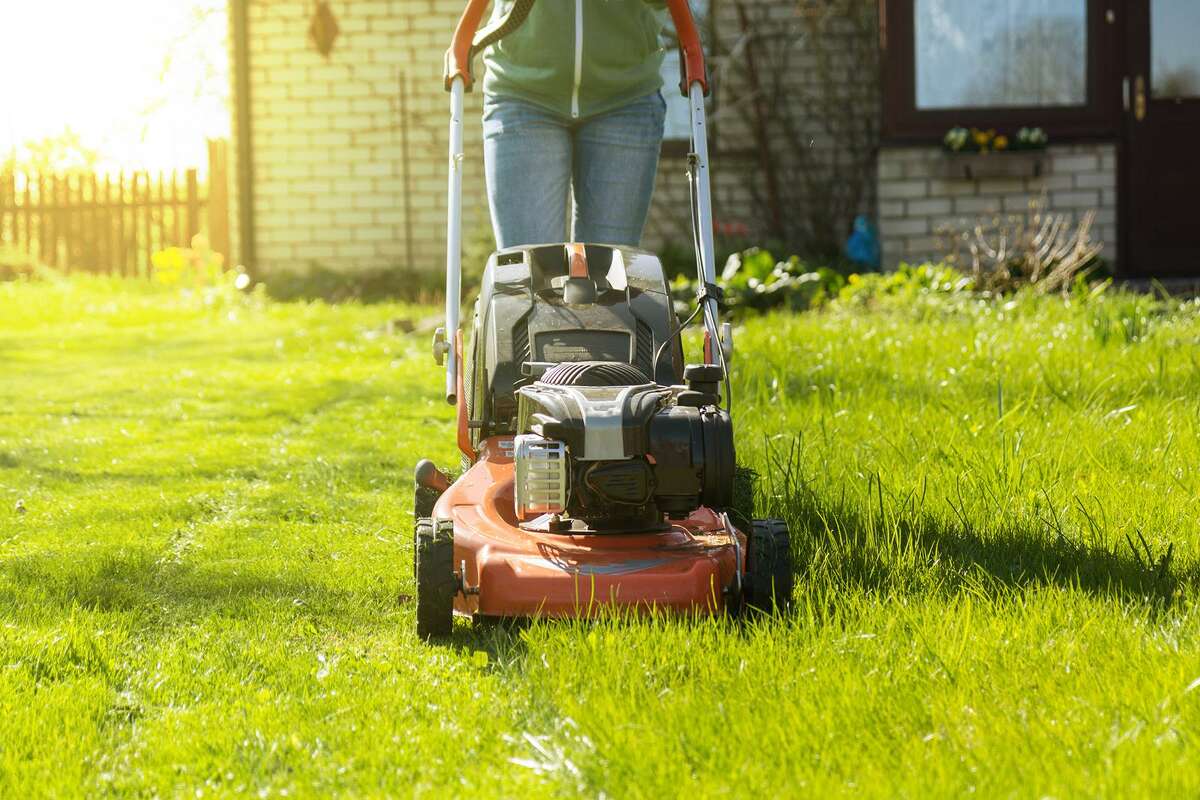

0 thoughts on “Why Is My Lawn Mower Leaving Clumps Of Grass”